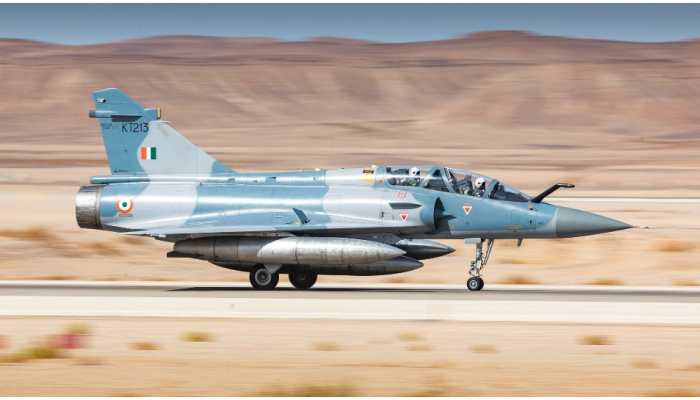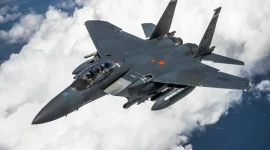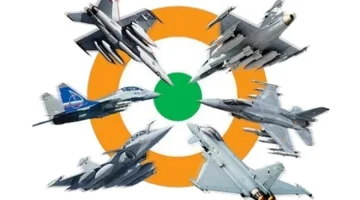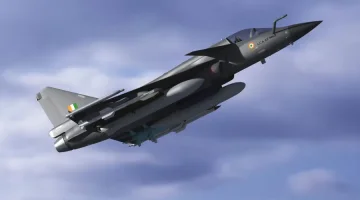- Views: 5K
- Replies: 36
)
In 2011, India embarked on a substantial $2.1-$2.2 billion endeavor to upgrade its aging Mirage 2000-H fighter aircraft fleet to the 2000-5 standard. This ambitious project, carried out in collaboration with the French company Thales, aimed to breathe new life into 51 aircraft.
However, since its inception, the deal has been under intense scrutiny for its cost-effectiveness and perceived limitations in bolstering the fighter jets' capabilities.
The Cost-Benefit Conundrum
One of the most contentious aspects of the upgrade deal has been its cost. Reports suggest that each upgrade cost as much as the original price of a new Mirage 2000 when they were first acquired in the mid-1980s.This has led critics to question whether the financial investment yielded a proportional increase in firepower or overall combat capability.
Missing Pieces: AESA Radar and New Engines
A significant point of criticism lies in the absence of an Active Electronically Scanned Array (AESA) radar in the upgrade package. AESA radars are widely regarded as the gold standard in modern aviation, offering superior target tracking, engagement, and resistance to jamming.The exclusion of this technology is viewed as a substantial missed opportunity. Open-source information suggests that France was hesitant to include the advanced RBE2 AESA radar, developed for its Rafale fighter jets, despite its successful testing in 2009.
Moreover, the upgrade did not include new engines for the Mirage 2000. An upgrade to the more powerful M53-P2 engines could have significantly enhanced the aircraft's performance, range, and payload capacity. This omission further fuels the debate about the upgrade's overall value.
Strategic Limitations: Radar Code and Weapon Integration
The radar system upgrade's lack of open-source code also raises concerns. Without access to the source code, Indian engineers cannot readily integrate domestically developed weapon systems, such as the Astra MkI and MkII air-to-air missiles.This dependency on foreign technology limits India's ability to independently upgrade and customize the aircraft's weaponry to meet its evolving defense needs.
The Verdict: A Mixed Bag
While the upgrade did introduce some improvements, including enhanced avionics, navigation systems, and weapons management systems, the absence of an AESA radar, new engines, and open-source radar code has left many questioning whether the expenditure was justified.Without these critical upgrades, the Mirage 2000-5 may still lag behind contemporary fighter jets in sensor capabilities and overall performance.
The inability to seamlessly integrate indigenous missile systems further restricts India's strategic autonomy. Additionally, reliance on foreign technology and support for crucial upgrades can pose vulnerabilities in times of geopolitical tension.
Considering the significant financial investment, some defence analysts propose that the resources could have been more wisely allocated towards acquiring new aircraft with cutting-edge technology and greater long-term potential.
Conclusion
The 2011 Mirage 2000 upgrade deal remains a subject of intense debate and scrutiny within India's defence circles.While the objective was to modernize and extend the service life of these aircraft, the high cost, coupled with the perceived limitations in radar, engine, and integration capabilities, continues to raise questions about the overall efficacy and value of the upgrade.



